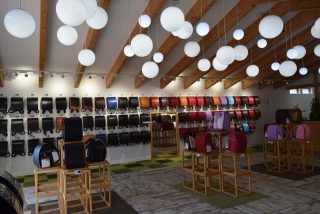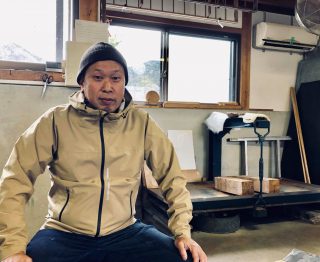Last year I was asked to participate in the aki matsuri (fall festival) in the Yoshinoyama district of Yoshino. In this article I discuss the festival tradition of mikoshi bearing in Japan and my personal experience in participating in one such exciting event.
At this point, I feel like the festival culture of bearing large wooden palanquins has become a fairly well-known feature of Japanese traditional festivals. So what are these things exactly? And why do people carry them? Well, basically they are a kind of mobile Shinto shrine known as a mikoshi, which are intended to hold a god for a short amount of time. To further explain, within Shintoism, an indigenous religion of Japan, there are gods (known as kami) which exist everywhere in the world around us. These kami can take on various forms and also have the power to control and influence our reality. Therefore, the maintenance of humanity’s relationship with them is seen as being fundamentally important. This relationship is maintained in one way through the construction of Shinto shrines that kami inhabit (through which they are honored and prayed to). In return, the kami protect and help humans in various ways. (Please note, this is a VERY simplified explanation of Shintoism but should serve for this article)
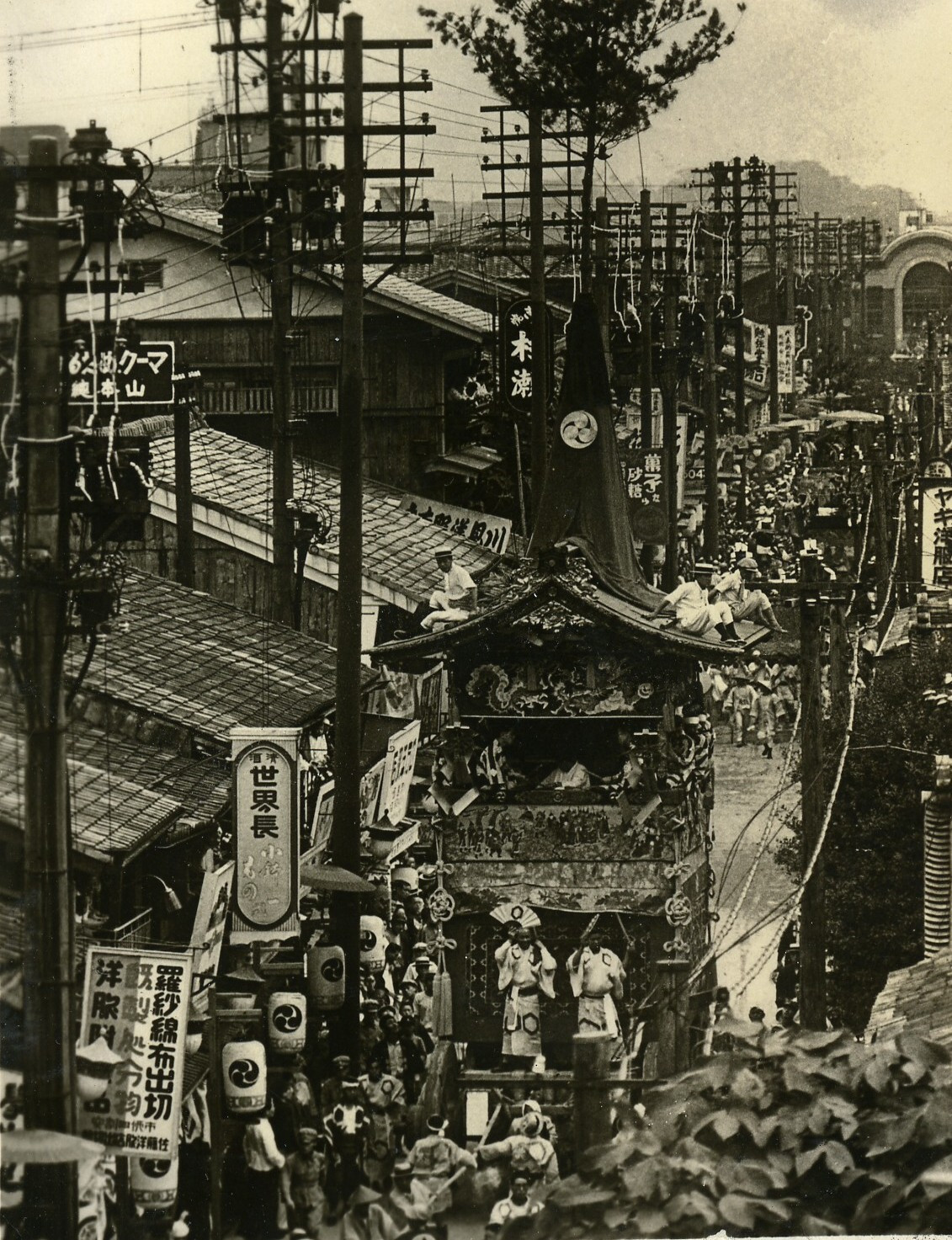
A Gion Festival mikoshi from the 1920’s
So, at certain times of the year, depending on local custom, kami are invited into a mikoshi and taken on what can be thought of as a little sightseeing tour of sorts by a team of folks tasked with carrying it. This act honors the kami, keeps it happy, and also helps strengthen relationships in local communities as everyone works together to make this event happen. This concept is what forms the basis of many matsuri festivals around Japan.
As someone who always was a spectator to these festivals, I was surprised to one day find myself invited by my boss to participate in Yoshinoyama’s Fall Matsuri Festival. It goes without saying that I was (and still am) an outsider and at the time, had only lived in the town of Yoshino for a little over a year and a half. The usual worried thoughts relating to the inevitability of feeling awkward and misunderstanding my expected role (stuff that I have found is pretty hard to avoid as a foreigner living in Japan) crossed my mind as well. But hey, if I am going to feel out of place anyways, I might as well experience it doing something new and interesting, right?
Fall Festival on Yoshinoyama
The fall festival on Yoshinoyama occurs every October in timing with the fall harvest. This is because kami are believed to help with ensuring the success of growing crops. The mountain district of Yoshinoyama alone actually has 3 different mikoshi teams that operate on the same day. It is a rowdy event, with all 3 teams competing to put on the most exciting show and thoroughly impress the kami over their shoulders. It is a fun event to watch, and occurs all throughout the country of Japan during the fall season. Yoshinoyama’s festival is especially exciting though due to the steep roads and stairways that teams are expected to navigate.
The area I was invited to just so happens to be the one that is located farthest from the destination point (Zao-do Hall) and covers the steepest section of the road. Furthermore, the weight of ours is apparently the heaviest of all 3. Having never carried one of these things before I have to admit that I was a bit naive as to what the process would actually entail or just how brutal carrying it would be. It turns out that is in fact designed to be a difficult and strenuous process, as a way of proving to the kami that the people are putting forth the proper effort in it’s honor.
In this festival’s case, the load bearing section of the mikoshi (that is held on the shoulders of the bearers) is constructed on the day before the event around a mobile shrine, which is kept in storage for the rest of the year. Local carpenters construct the thing by basically hammering and tying it together using ropes and traditional joinery within a few hours, the speed of which is an impressive thing to witness. As far as I could tell, there are no screws or nails anywhere in the entire frame. This process is actually quite ingenious as it allows for the repeated use of the same materials year after year. In fact, I was told that in the case of the mikoshi I would be carrying, the frame actually dates back to the Edo period of Japan.
The main shrine section of the mikoshi is shaped kind of like a castle tower consisting of an open room and a roof platform on top of that (see picture below). In the room is placed a massive drum that is played during movement and sets the pace for the team.
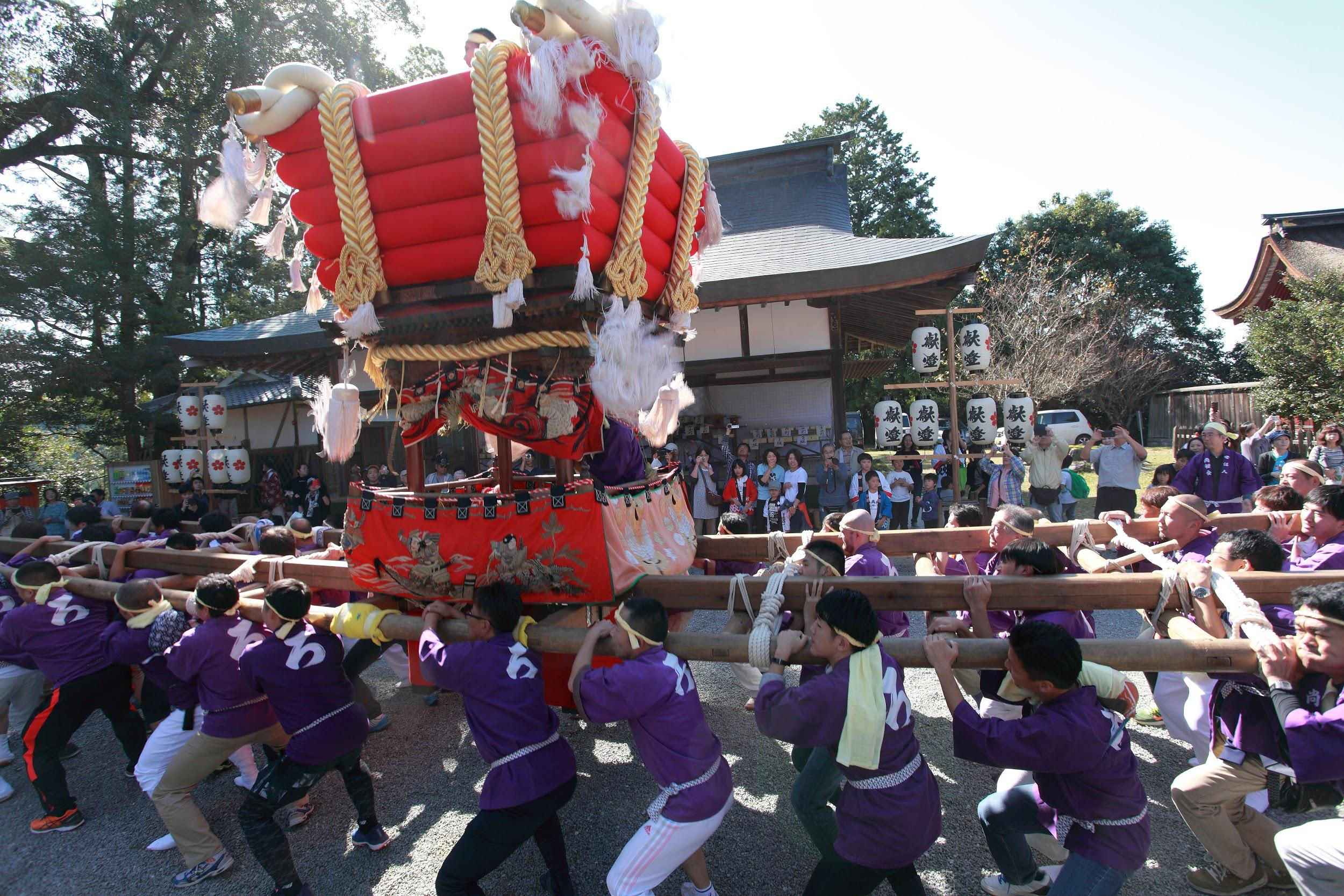
The omikoshi of Fall Festival on Yoshinoyama
As the above picture shows, the frame consists of a series of parallel wooden pillars attached under the mikoshi tower. Turns out, all of these parts are really, really heavy. I figured the process would be a bit of a challenge but I didn’t quite understand the true weight of the thing or that the bearing of the mikoshi is in fact, a pretty scary prospect. I guess I figured it would be designed to be a bit lighter because that just makes sense for something that would be carried on the shoulders. As a dude that is not bulky in the slightest (my hobbies include cycling and trail running, to give you an idea of my build), I am not too well adjusted to carrying heavy things in general.
About how movement works, a mikoshi team is lead by a few people (directors) who shout general orders and directs the chanting of the team (typically, folks repeatedly chant a few traditional phrases in unison while bearing the mikoshi). Along with this, the drummer who is inside the mikoshi helps set the pace and changes the rhythm based on speed and what activity the team should be doing. Well organized teams can be a really fun to watch as they move and chant in unison, exchanging shouts of encouragement and pacing themselves to the speed changes of the drumming.
Ready! Steady! Go!
So, as we got ready the leaders of the team set us all up in our carrying positions (I was placed to the back right of the thing). During this process, people were making remarks about how there were less people helping on this occasion, as notable gaps were apparent between people beside the beams. The population of Yoshino has been shrinking for years now, and the only reason we could continue with fall festival in the first place was because of folks coming from other areas to assist. Despite this lack of people, the team directors told us to get ready to lift and move.
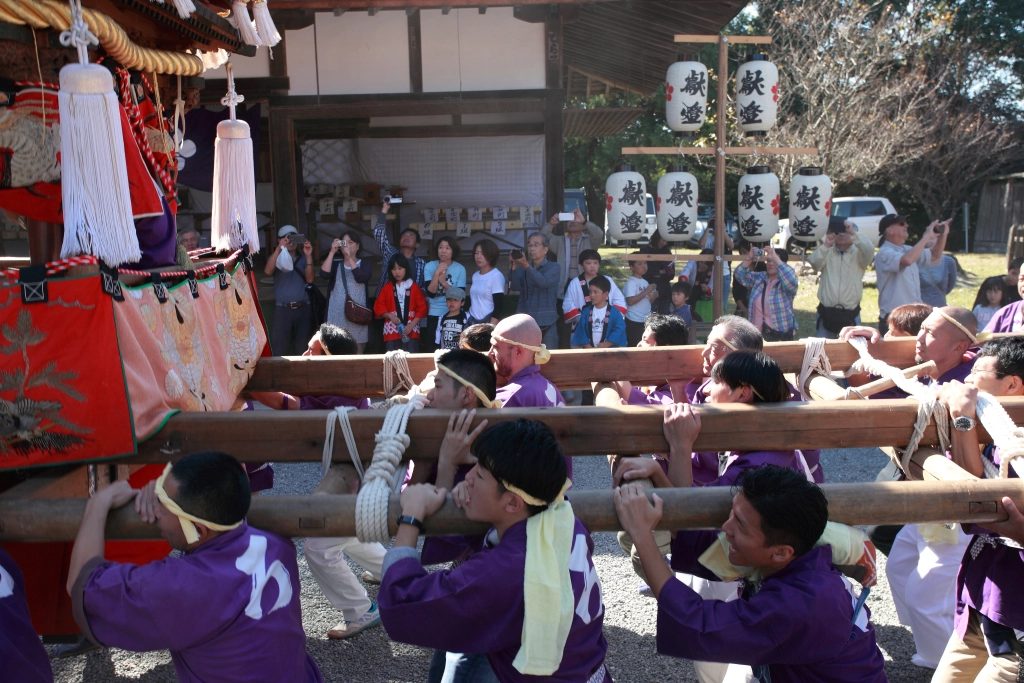
The drummer began his drum roll and we all slowly heaved the thing up onto our shoulders as the old wood of the hammered together frame creaked and moaned. If this had been a Looney Tunes cartoon our bodies would have all made comical rubbery stretching sounds as the load of the mikoshi smashed us down and started leaning to the right like a sinking ship. I could not believe the weight of the thing; it felt like I was slowly being crushed to death simply trying to hold it up. Waves of panic shot through me as I realized that everyone else around me probably felt the same thing and we were all collectively doomed if we gave out and let the thing fall on top of us. After a few seconds the team leader noticed what was happening and told us all to set it down, which we managed to somehow do with great relief.
My mind raced as I thought there was no way we would pull this off; we could not even hold the damn thing up while standing still! My curiosity and enticement for the idea of participating in such an event immediately turned into unease. Trying to do this seemed absolutely absurd in that moment.
The directors of the team, a group of older local men met together and after some discussion and shuffling around of the more macho dudes for better balance, we prepared to try again. The drumming started once more, calling us to lift, and we heaved the thing up. This time it was still very heavy and I could not stand up properly, but it felt a bit more stable after the reshuffle. Seeing this, the team leaders figured we were good to go and started us off moving down the narrow street towards our destination. What followed was one of the more scary experiences I have had during my time here. Moving down the narrow street, our team struggled to carry the thing without stepping over the edge of the narrow, ridgeline road or crashing into a nearby storefront.
Despite our newly discovered ability to carry it, the mikoshi continued to tilt down to the right (where I was located), giving me a bit of a claustrophobic feeling. It went on like this, and every 20 to 30 feet we advanced seemed like something we did by the skin of our teeth. Luckily, a few of the more experienced fellows kept track of the situation and did their best to relocate themselves into any section of the team that seemed to be struggling the most.
We paused after about every 2-3 minutes or so to rest and at one point we were given an extended lunch break and lots of beer (which seemed like a bad idea but hey) after navigating down an especially steep section. The lunch was organized by the women of the town as they are not allowed to help carry the mikoshi for reasons related to tradition and physical strength, though I could not help but think that we really could have used their assistance on that day in particular.
As we continued forward we also began to stop in some wider areas and do a special mikoshi dance, which basically consisted of everybody standing up and down while shuffling to the right and left. I was told that this is supposed to be a fun thing for the kami to experience. I did my best to sync up with the rhythm of this activity but always felt like I was a bit off, sometimes getting my shoulder smashed by the quickly descending heavy pillar I was still trying to lift. After we finished each dance, onlookers gave us a nice round of applause for our efforts.

Man vs giant mikoshi
Grand Finale
Probably the biggest single mental challenge of the entire experience was the stairway (ascending about 5 meters in height) leading up to the square before Kinpusen-ji Temple’s Zao-do Hall. Every mikoshi team must ascend this stairway, making for a sort of grand finale for onlookers of the festival. Last in the order of teams to ascend, we stoically watched as the other (lighter) mikoshi were frantically carried up the steps to intense drumming and shouting, followed by a round of applause from onlookers. Here was a location where there could be no mistakes or pauses; we had to succeed or get crushed trying as there could be no putting this thing down gracefully on a stairway. The steps presented an intimidating new challenge that we had not faced before considering how easy it would be to trip over them. Also, we would need to somehow balance the thing off between the people at the top of the stairway and those below.
Soon it was our turn and we lifted the mikoshi to get ready for the ascent. Charging forward, the drumming from within the tower above us increased in intensity as we hit the steps and shouted along with the team leader in unison, pure adrenaline pushing us to get up the stairs. I distinctly remember a moment of pure focus in the middle of the stairway as the mikoshi’s progress started to slow. Being located inside the carrying beams, directly behind the mikoshi tower, it was either get the thing up the stairs or get crushed. I suppose this was the essence of what this activity was about, the demonstration of acts of bravery in the face of real danger was what gave the ritual meaning and appeased the deity we were supposed to be carrying.
The teamwork required for this event, from the men carrying the mikoshi to the women supporting the entire thing behind the scenes, provides a great way to get out and meet and get to know those around you. The mikoshi is an artificially created crisis of sorts, a challenge with very real risks for people to work together to overcome. For our part, we got the mikoshi past the stairs and eventually even finished the route, with members of other teams coming to help us finish the last uphill leg back to the starting point.
At the end of the day we all met for a final meal in a nearby hotel. Though I did not talk with so many people at the dinner I could not help but feel a connection had been formed between all of us. We battled together and survived through our collective group effort. For that moment a sense of community, however brief it was, had been formed through our shared experience. It was a first-hand learning experience on the process of community building that I will forever be grateful for.
The fall festival occurs on Yoshinoyama every year on 3rd Sunday of October (in the case of rainy or otherwise severe weather it may be cancelled).



